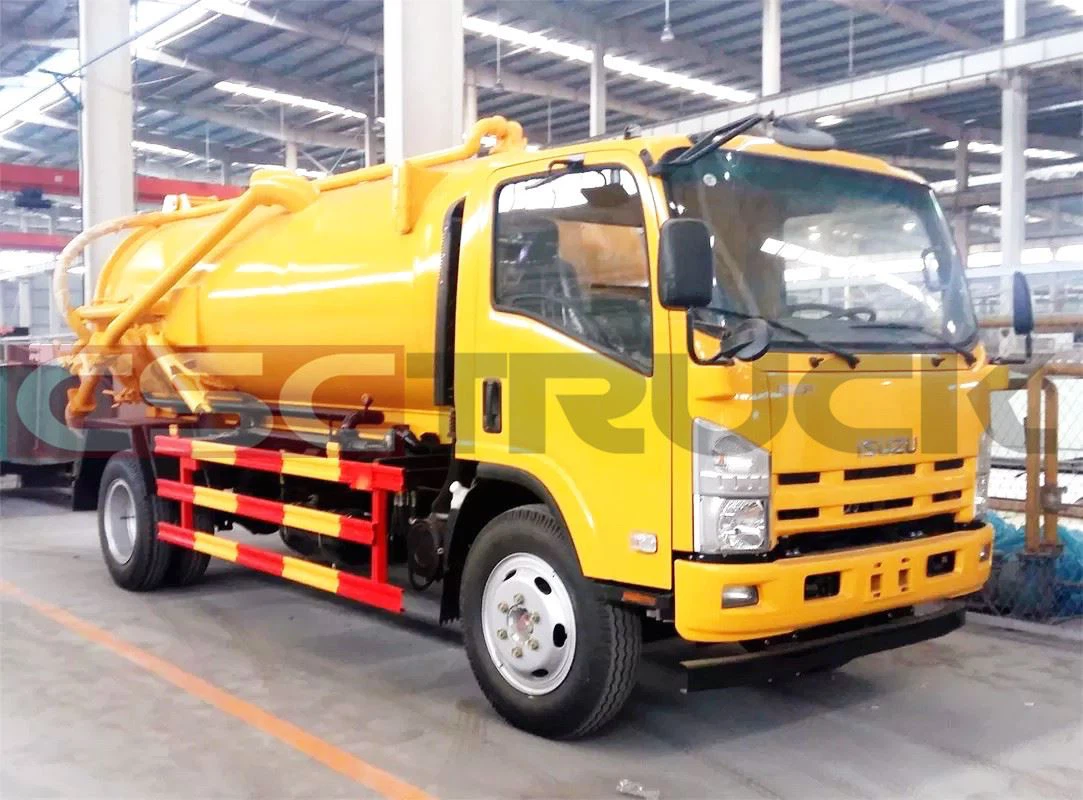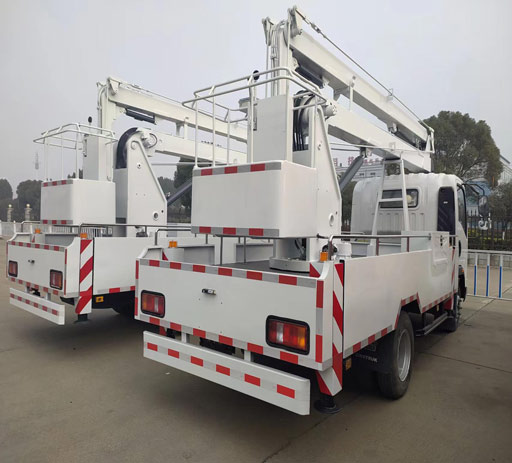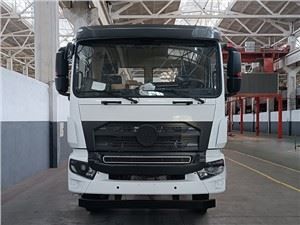The Essential Guide to the Cab of a Truck: Insights, Features, and Tips

When it comes to trucks, the cab is often the most overlooked feature. However, it plays a vital role in the functionality and comfort of the vehicle. This article delves deep into the cab of a truck, examining its various components, types, and the latest technologies integrated into these essential spaces. Moreover, we will offer tips for maintaining the cab and optimizing your experience behind the wheel.
Understanding the Cab of a Truck
The cab of a truck serves as the control center, where the driver gets a first-hand experience of comfort, technology, and design. It is where the driver spends most of their time, making it crucial to understand its features and components.
What is a Truck Cab?
A truck cab is the enclosed space where the driver and passengers sit. It houses the steering wheel, dashboard, controls, and seating. Depending on the truck’s design, the cab can vary significantly in size and configuration.
Types of Truck Cabs
Truck cabs come in various styles, each serving specific needs. The main types include:
- Regular Cab: This is a two-door configuration with seating for two to three people. Ideal for those who need a work truck with minimal passenger space.
- Extended Cab: This cab features additional rear seating and is typically equipped with two rear doors. It’s perfect for those who occasionally have extra passengers.
- Crew Cab: A crew cab offers four full-size doors with ample seating for up to five or six passengers. It is ideal for families or work crews needing transportation.
- Day Cab: These cabs lack a sleeping compartment, making them suitable for short-haul trucking where overnight stays are not required.
- Sleeper Cab: Designed for long-haul drivers, these come equipped with a sleeping area, enabling drivers to rest during long journeys.
Components of a Truck Cab
The cab of a truck is made up of several important components, each contributing to the overall driving experience.
Dashboard
The dashboard is the control panel for the driver, displaying crucial information such as speed, fuel levels, temperature, and more. Modern dashboards may include touchscreens with navigation, Bluetooth connectivity, and other features that enhance driving.
Seating
Truck seating varies in terms of materials, comfort levels, and adjustability. High-quality seats can significantly reduce fatigue during long drives. Look for attributes such as lumbar support, cushioning, and heated seats.
Storage Compartments

Most truck cabs have various storage compartments for tools, paperwork, and personal items. Understanding the layout can help you maximize your cab’s functionality.
Climate Control
Effective climate control is vital for comfort. The cab often includes air conditioning and heating controls to maintain a pleasant environment regardless of external weather conditions.
Features of Modern Truck Cabs
Modern technology has revolutionized truck cabs, providing drivers with numerous features to enhance their comfort and safety.
Infotainment Systems
Today’s truck cabs come equipped with advanced infotainment systems that integrate mobile devices, GPS navigation, and hands-free calling features. These systems help drivers stay connected while keeping their focus on the road.
Safety Features
| Safety Feature | Description |
|---|---|
| Blind Spot Monitoring | Alerts the driver to vehicles in their blind spot. |
| Adaptive Cruise Control | Automatically adjusts the speed based on traffic conditions. |
| Lane Departure Warning | Warns the driver if they unintentionally veer out of their lane. |
| Rearview Cameras | Provides a view of the area behind the truck to assist with reversing. |
Ergonomic Design
Many truck manufacturers are prioritizing ergonomic designs to enhance driver comfort. Features such as adjustable steering wheels, telescoping arms, and easier access to controls contribute to a more user-friendly experience.

Tips for Maintaining Your Truck Cab
Maintaining the cab of your truck is essential for ensuring its longevity and optimizing your driving experience. Here are some practical tips:
Regular Cleaning
Keep the cab clean by vacuuming regularly and wiping surfaces with clean cloths. A clutter-free environment enhances focus and comfort during drives.
Check for Wear and Tear
Perform routine checks for signs of wear on seats, switches, and the dashboard. Addressing these issues early can prevent costly repairs later.
Service the Infotainment System
Software updates for infotainment systems are critical to keeping functionality at its peak. Regularly check for firmware updates from the manufacturer.
Customizing Your Truck Cab
Customization allows truck owners to tailor the cab to their specific needs and preferences. Here are some popular modifications:
Upgrading Seats
Consider upgrading to aftermarket seats with better support and comfort, especially if you spend long hours driving. Look for options with additional features like heating and cooling.
Adding Storage Solutions
Custom storage solutions, such as overhead bins or drawer systems, can help maximize space and keep your cab organized.
Custom Flooring and Mats
Upgrading the flooring with high-quality mats will make cleaning easier and protect the original carpet from wear and tear.
The Future of Truck Cabs
As technology advances, the truck cab is set to evolve with features that boost comfort, safety, and efficiency. Here are some trends to look out for:

Smart Cabs
Future truck cabs may incorporate artificial intelligence to monitor driving habits, alert drivers to fatigue, and suggest rest breaks.
Advanced Navigation Systems
With developments in navigation technology, we can expect more intuitive navigation systems that factor in truck size and weight restrictions for improved route planning.
Frequently Asked Questions (FAQs)
1. What is the most comfortable type of truck cab for long distances?
A crew cab with ergonomic seating and modern infotainment systems is generally the most comfortable for long-distance drives.
2. How can I improve my truck cab’s ventilation?
Regularly check and replace cabin air filters, and keep windows clean for better airflow. Consider using sunshades to reduce heat buildup.
3. Are there any laws regarding modifications to truck cabs?
Yes, laws regarding modifications vary by region. Always check local regulations before making significant changes to your truck’s cab.
4. How can I keep my truck cab organized?
Utilize storage bins, organizers, and bins designed for automotive use. Regular cleaning and decluttering also help maintain organization.
5. What are the best materials for truck cab upholstery?
Leather and high-grade synthetic materials are popular for their durability and ease of cleaning. Look for materials that withstand wear and tear.
6. How often should I service my truck cab’s interior?
It’s advisable to perform routine cleanings every few weeks and inspect the interior for wear at least every six months.
